(HOUSTON) — U.S. President Donald Trump planned to visit Texas on Tuesday to survey the response to devastating Tropical Storm Harvey, the first major natural disaster of his White House tenure.
The slow-moving storm has brought catastrophic flooding to Texas, killed at least nine people, led to mass evacuations and paralyzed Houston, the fourth most-populous U.S. city.
It had also roiled energy markets and caused damage estimated to be in the billions of dollars, with rebuilding likely to last beyond Trump’s current four-year term in office.
“My administration is coordinating closely with state and local authorities in Texas and Louisiana to save lives, and we thank our first responders and all of those involved in their efforts,” Trump told reporters at the White House on Monday.
Trump was scheduled to arrive on Tuesday morning in Corpus Christi, near where Harvey came ashore on Friday as the most powerful hurricane to hit Texas in more than 50 years. The president will later go to the Texas capital Austin to meet state officials, receive briefings and tour the emergency operation center, the White House said.
Forecasters could only draw on a few comparisons to the storm, recalling Hurricane Katrina, which devastated New Orleans and killed 1,800 people in 2005.
The administration of then-President George W. Bush faced accusations that his response was slow and inadequate – criticism that dealt a serious blow to his presidency.
Flood damage in Texas from Hurricane Harvey may equal that from Katrina, one of the costliest natural disaster in U.S. history, an insurance research group said on Sunday.
In Texas, thousands of National Guard troops, police officers, rescue workers and civilians raced in helicopters, boats and high-water trucks to rescue the thousands stranded in the flooding, which turned streets into rivers and caused chest-high water build-ups in scores of neighborhoods.
In Cypress, Texas, Kayla Harvey, 26, was monitoring Facebook, finding where people were stuck and organizing friends with boats to go out and help. “This is just what we do for our community. We don’t wait for someone to come and help we just go out and do it,” she said.
The last Category 4 hurricane to make landfall in Texas since Harvey was Carla in 1961. It packed winds and rains that destroyed about 1,900 homes and nearly 1,000 businesses, the National Weather Service said.
A Look at the Devastating Destruction Caused by Hurricane Harvey
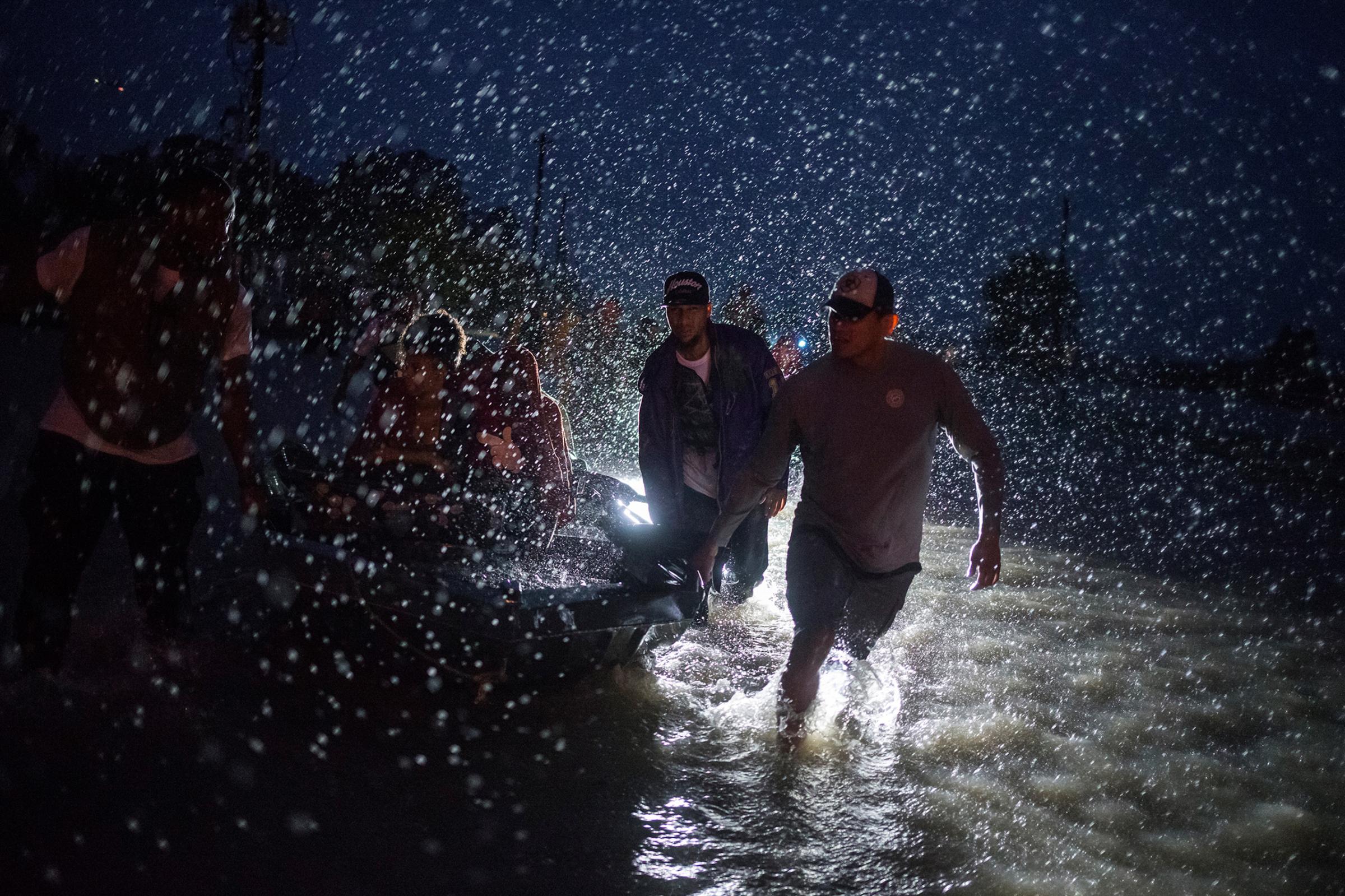
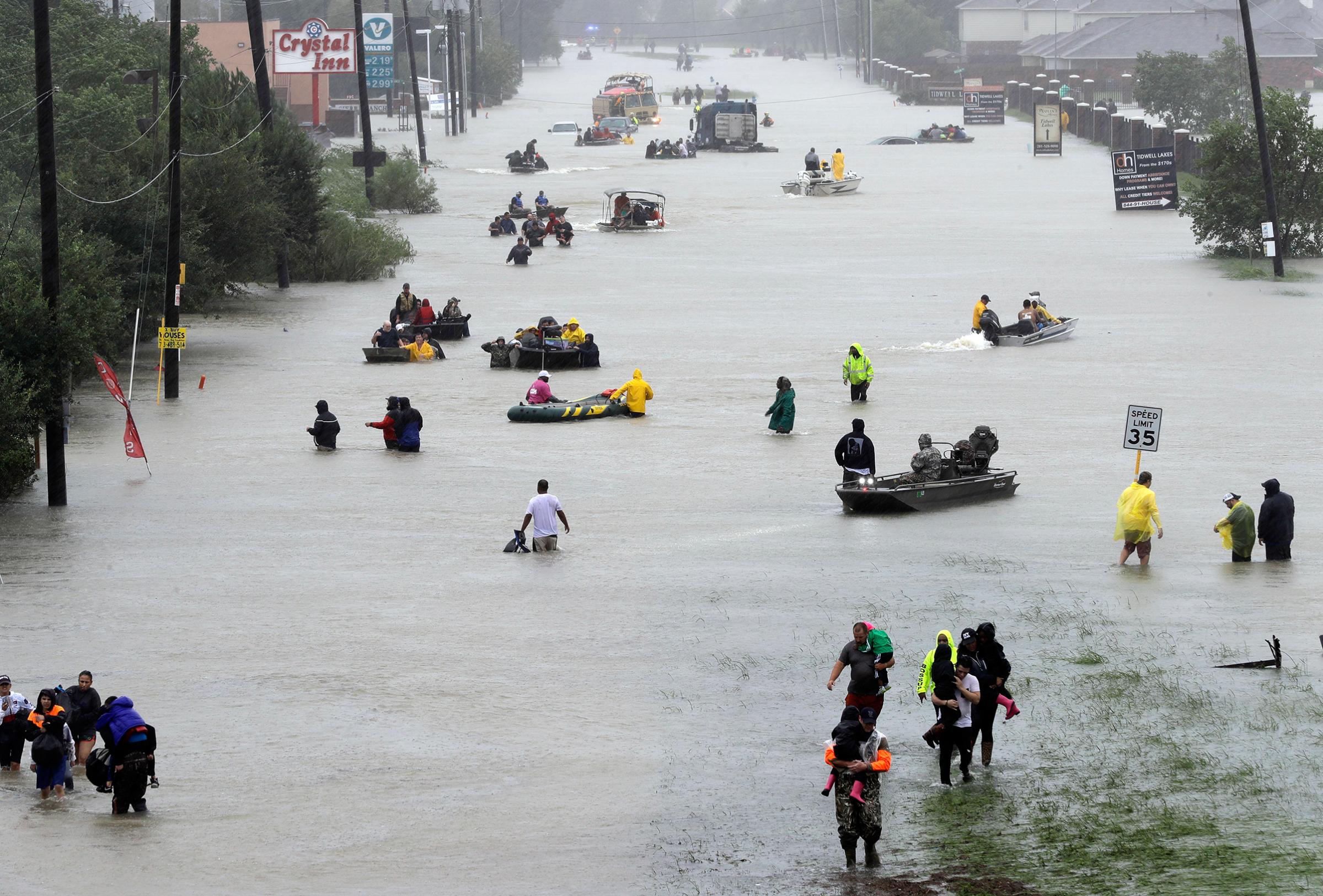
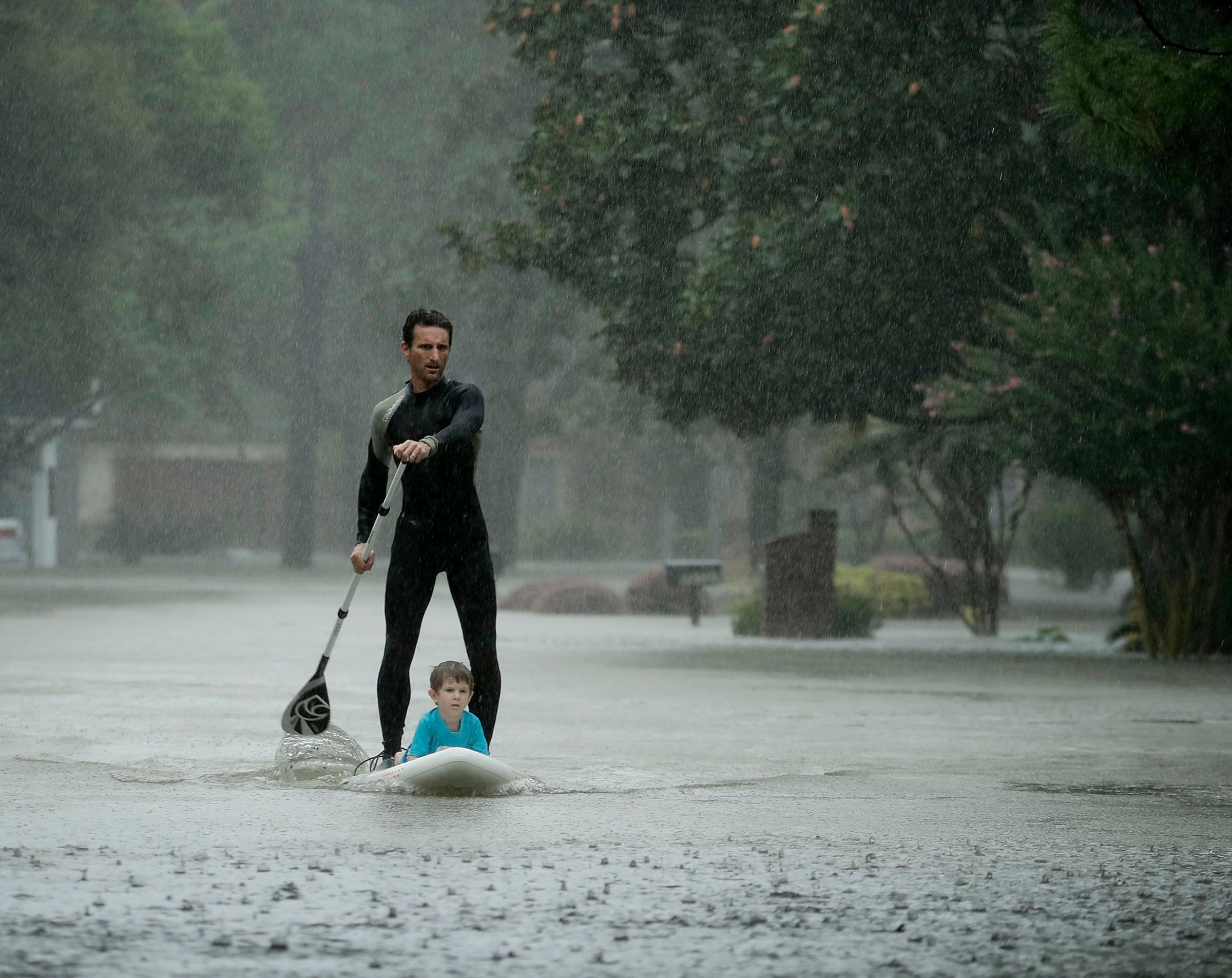
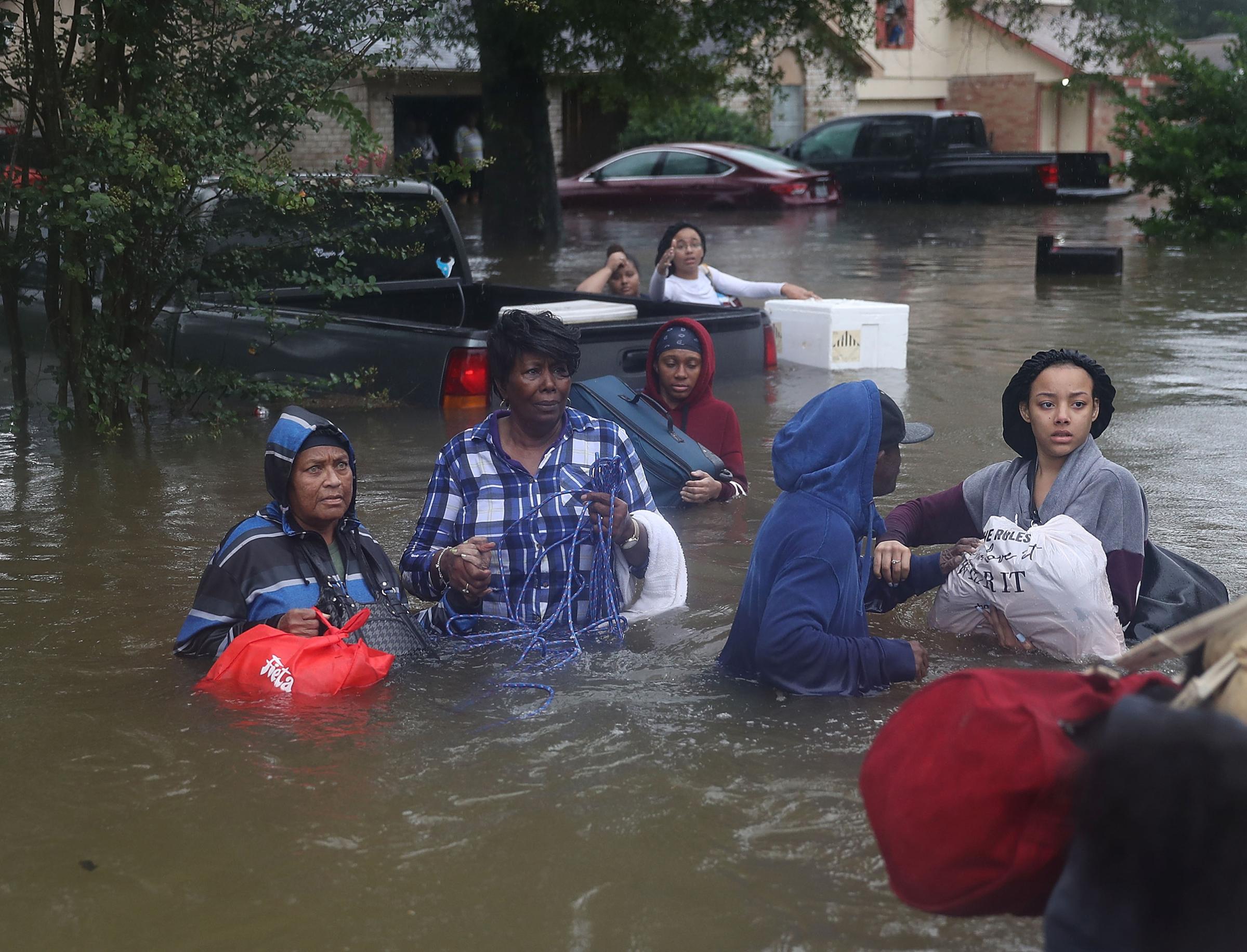
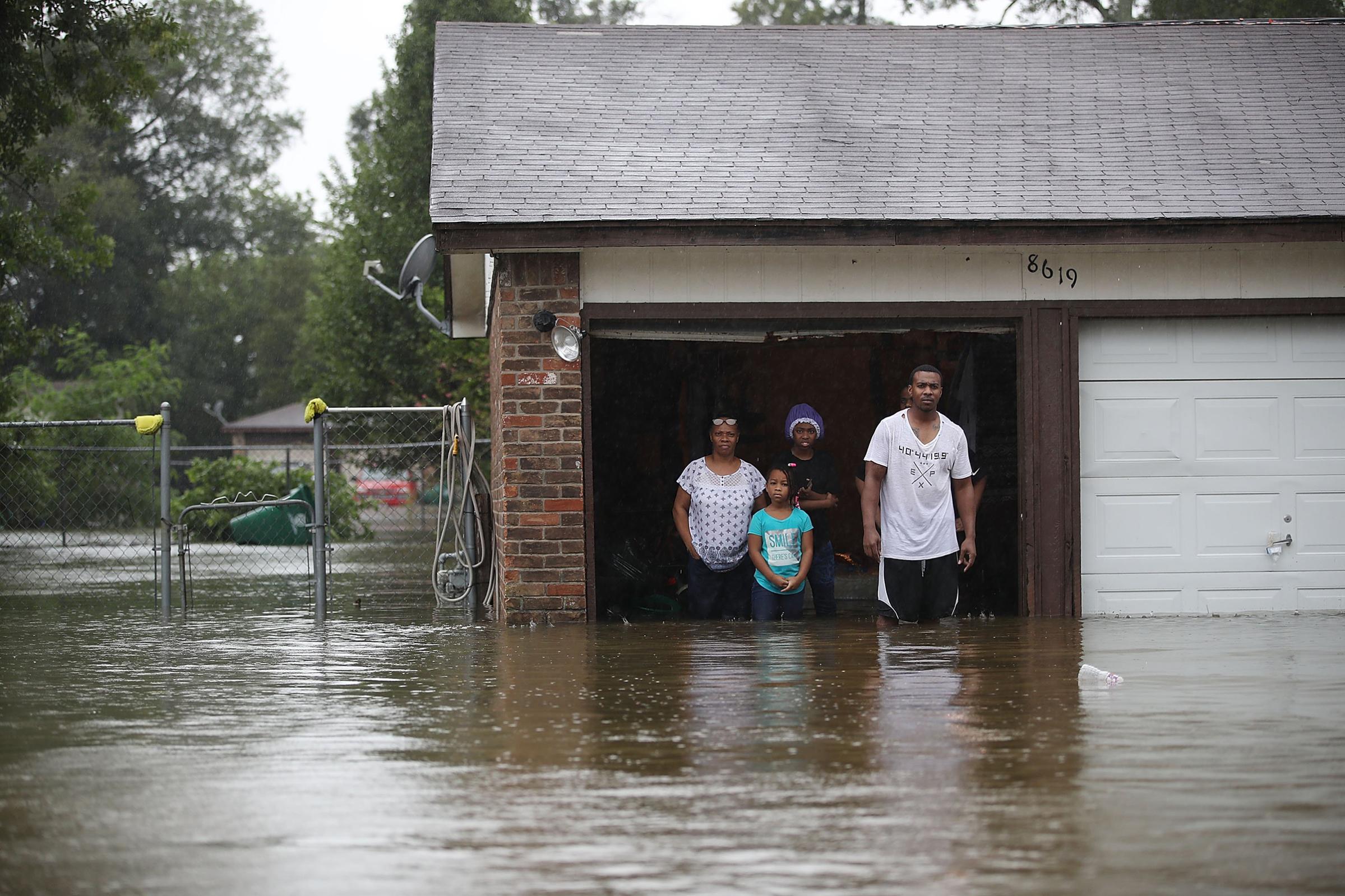
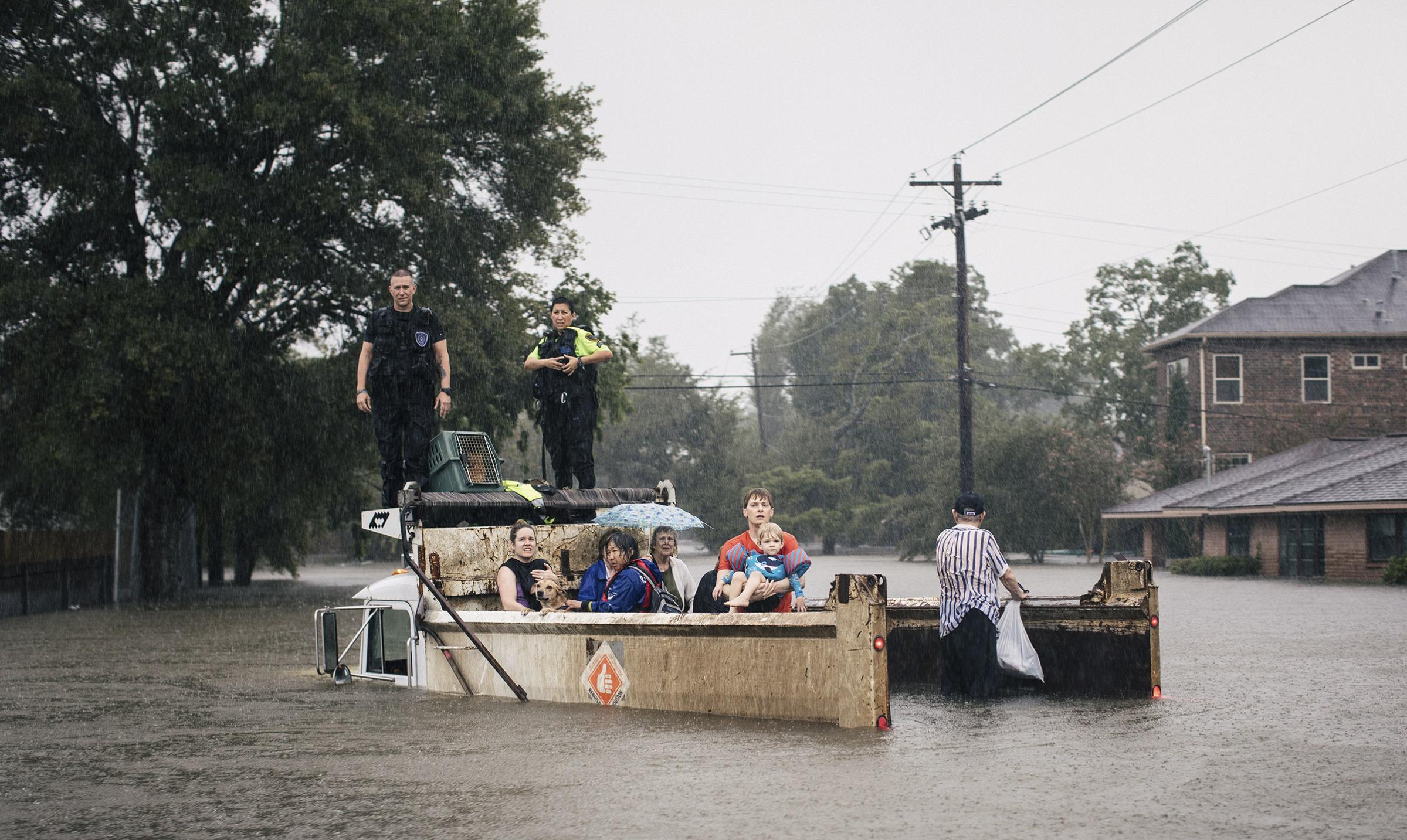
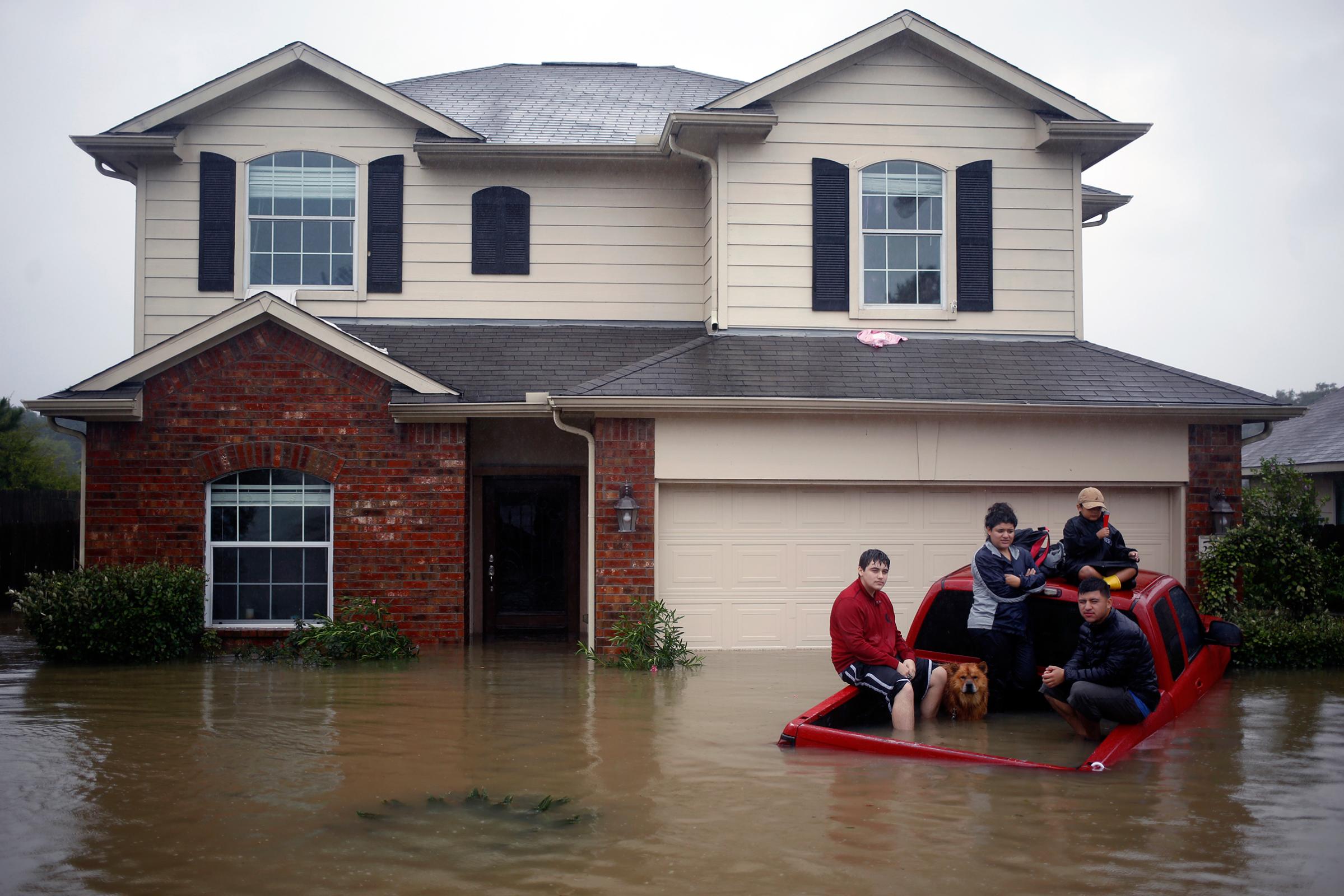
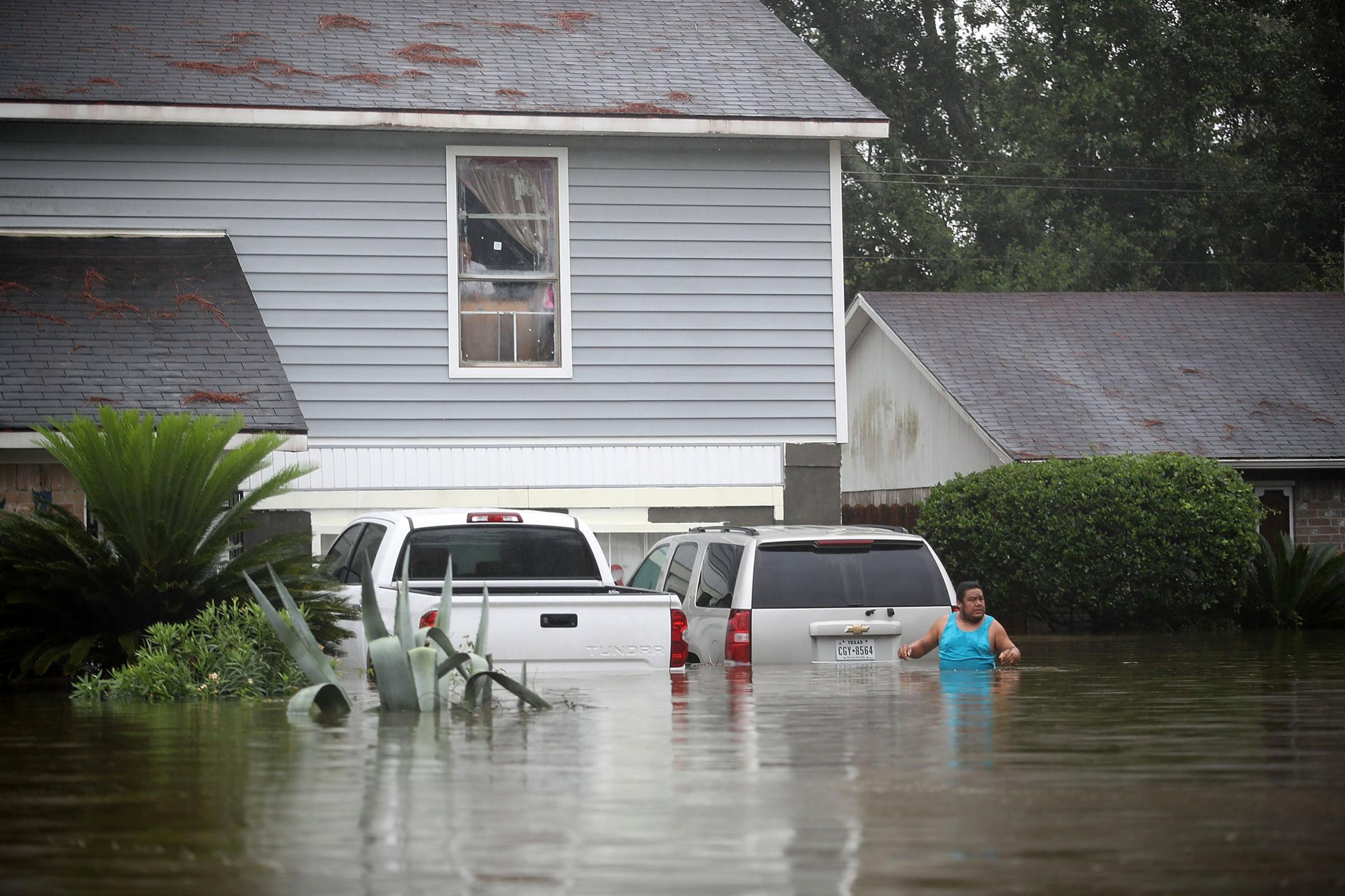
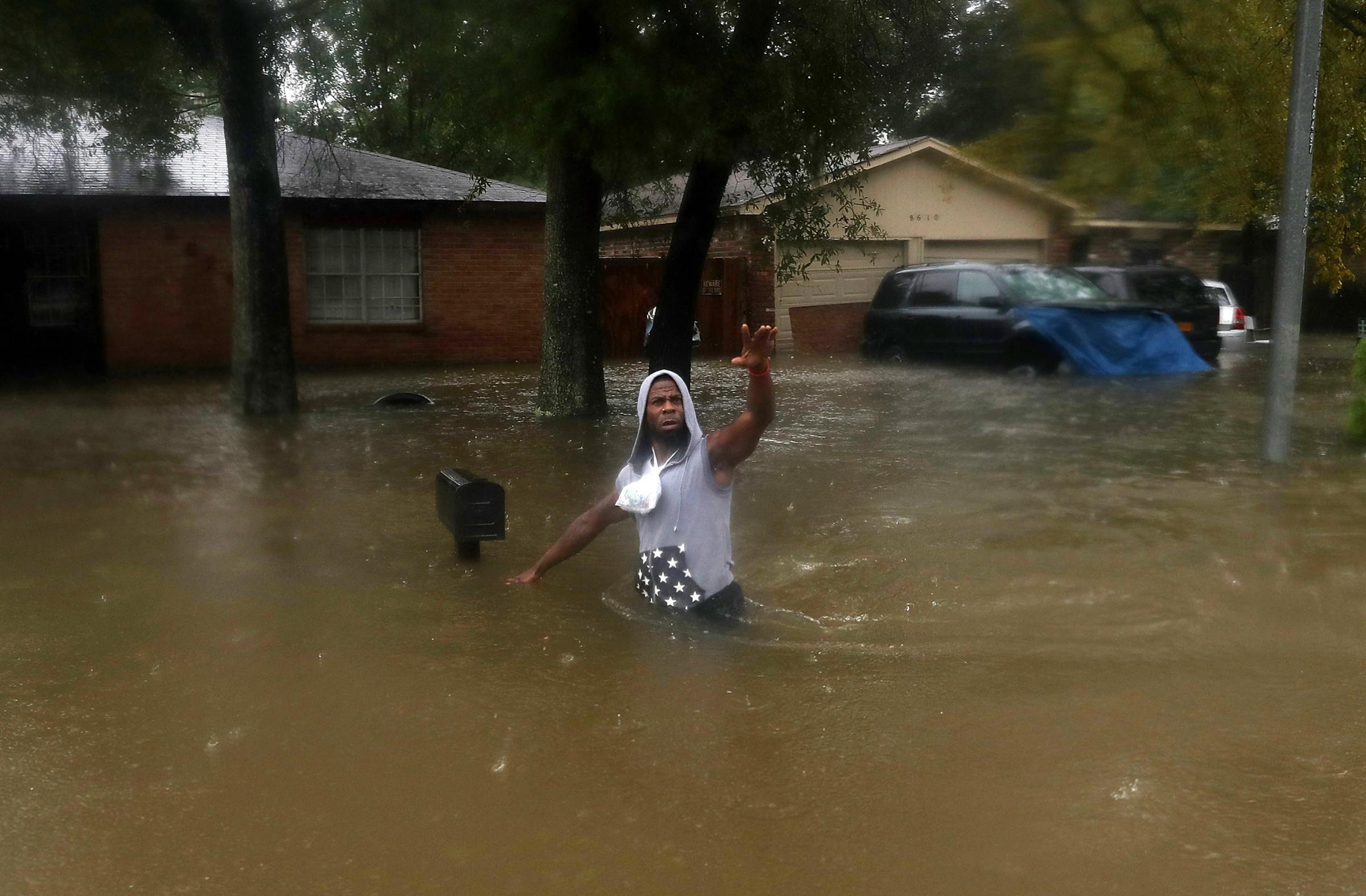
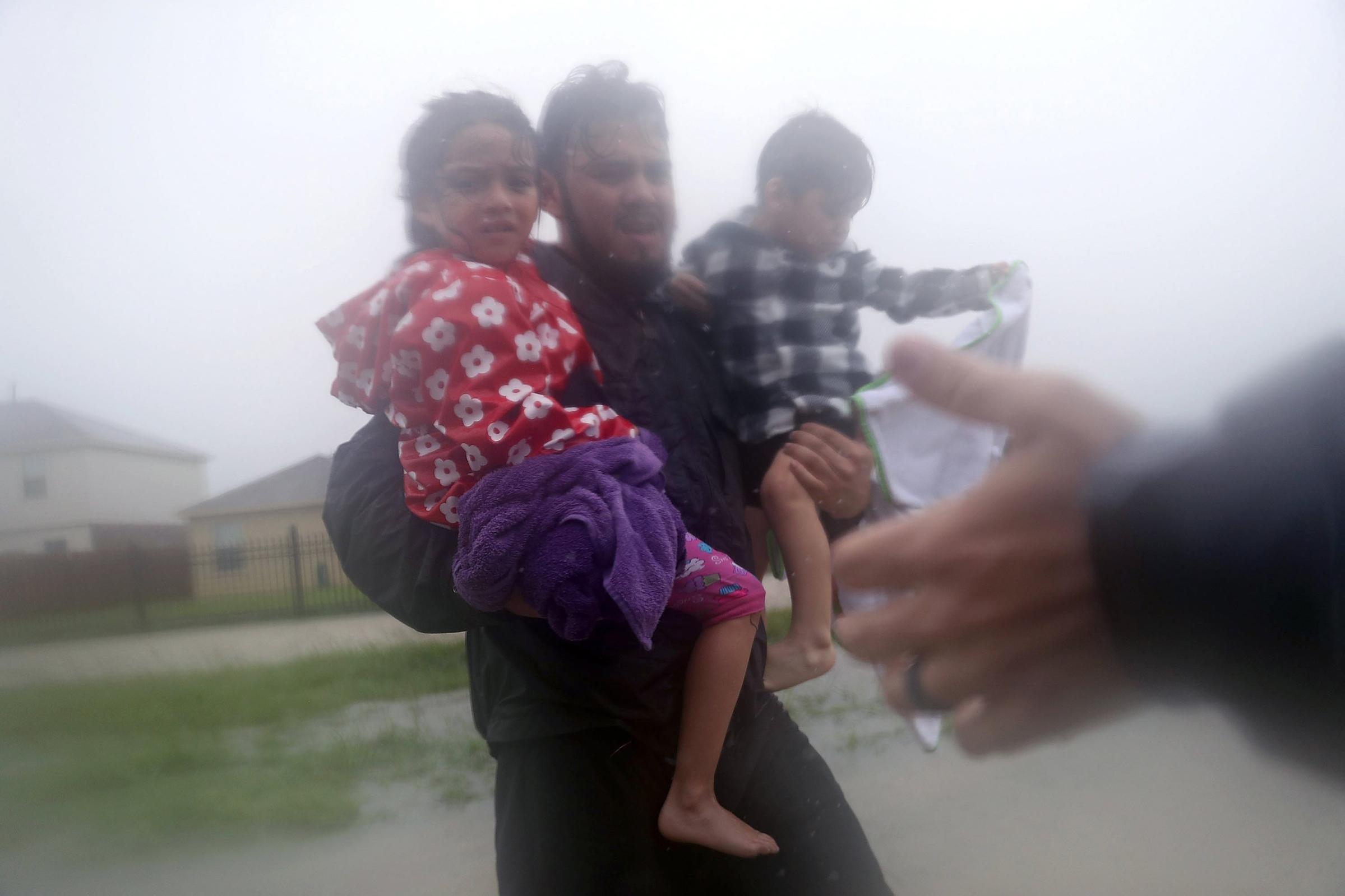
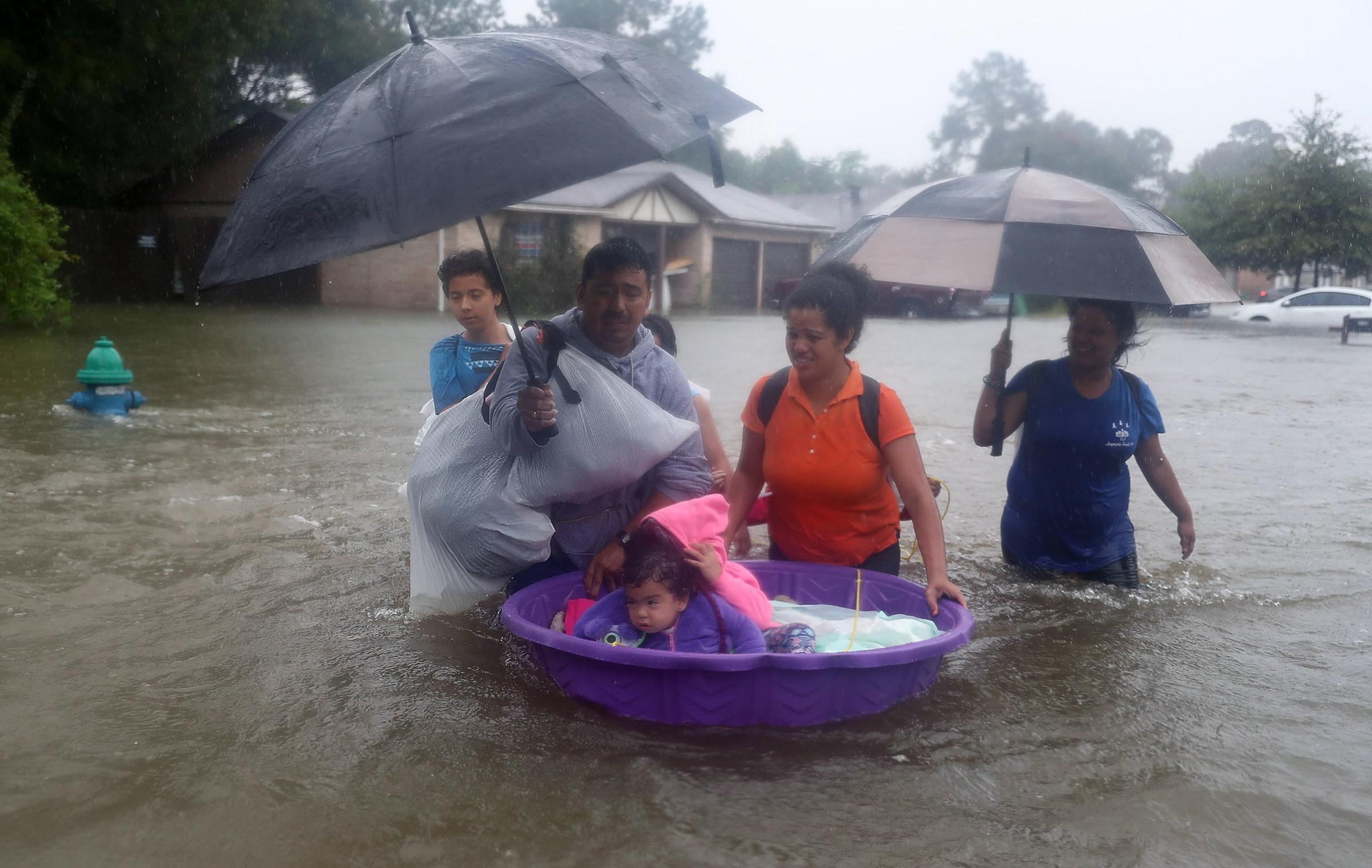
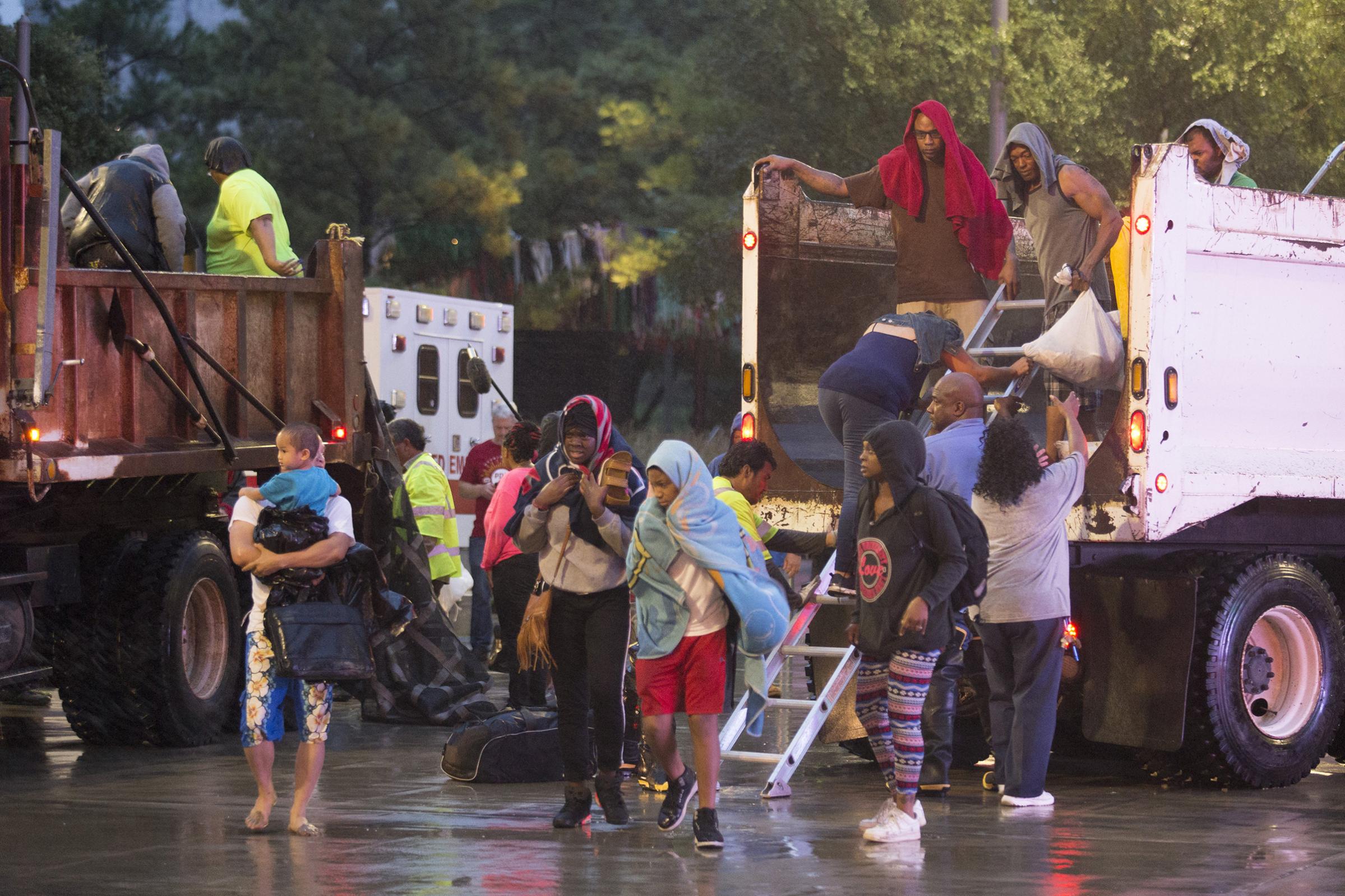
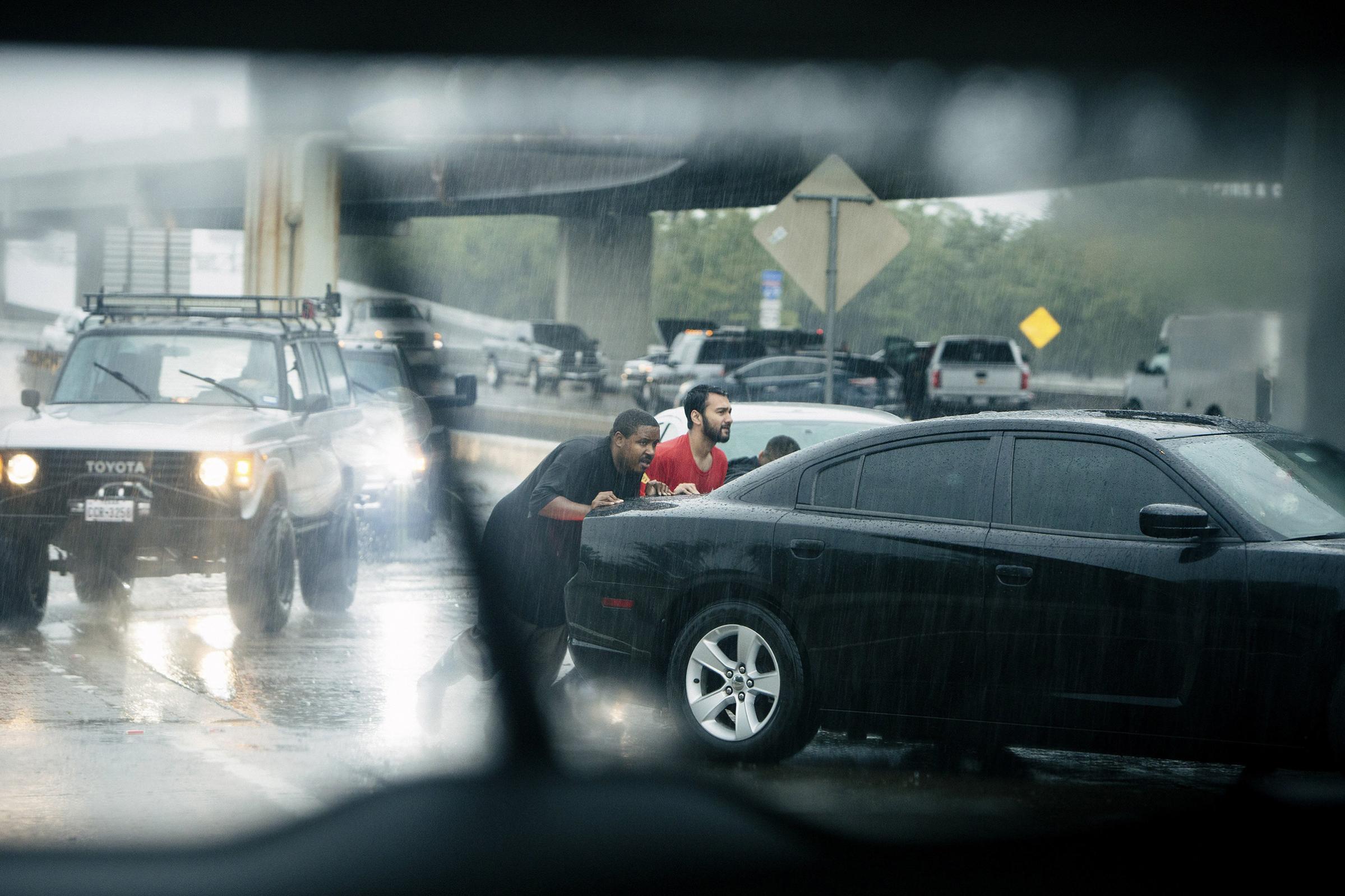
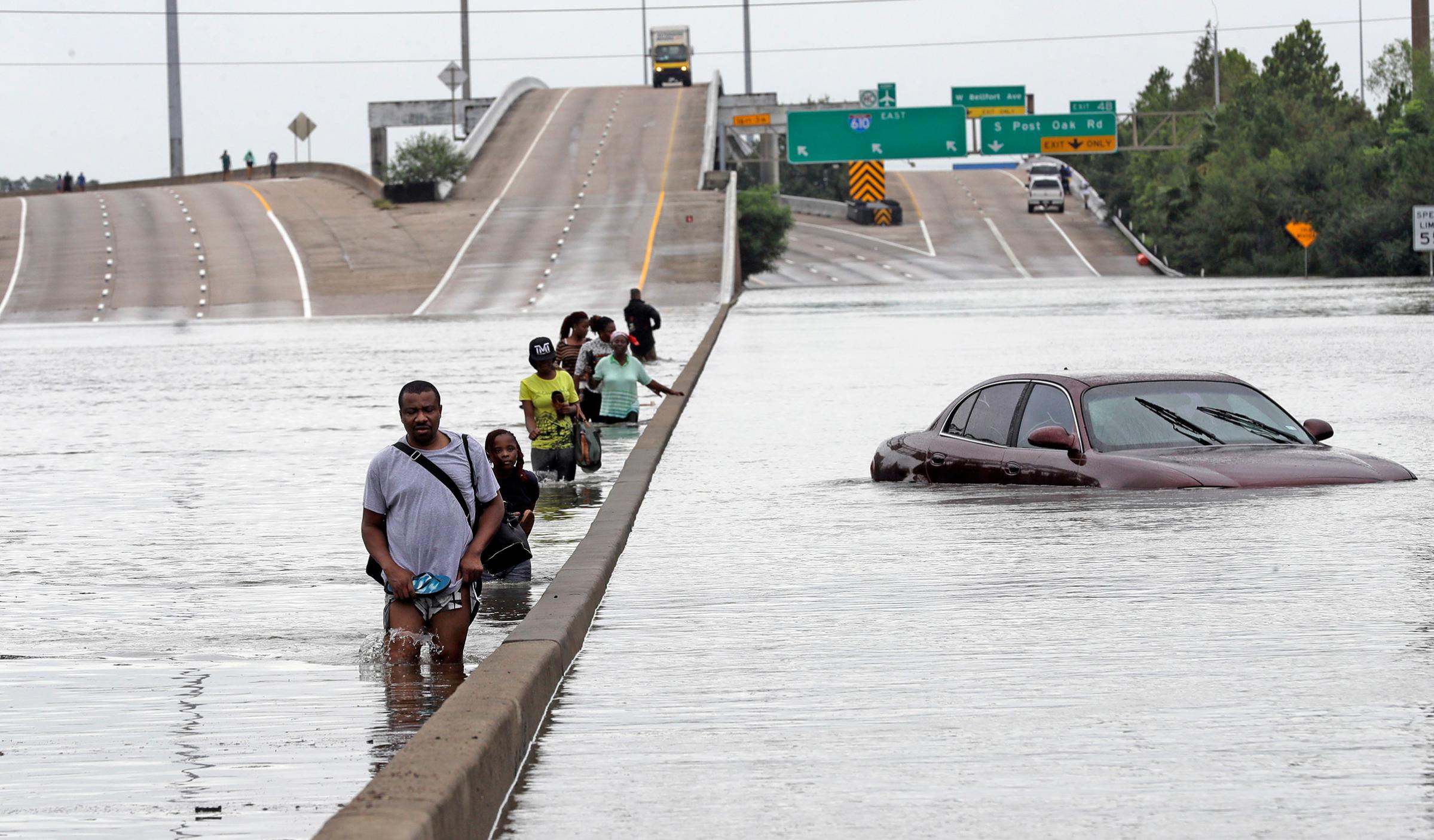
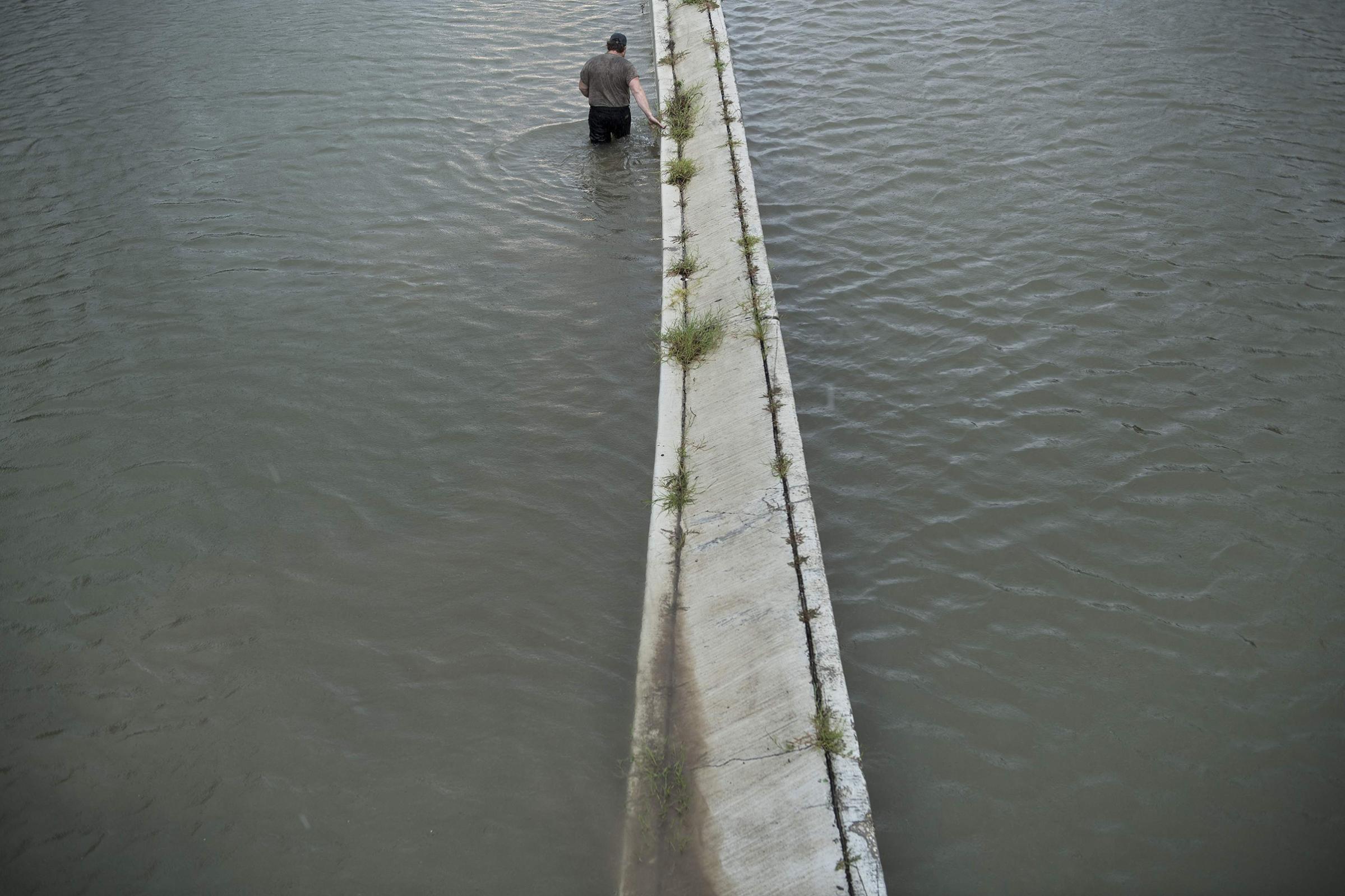
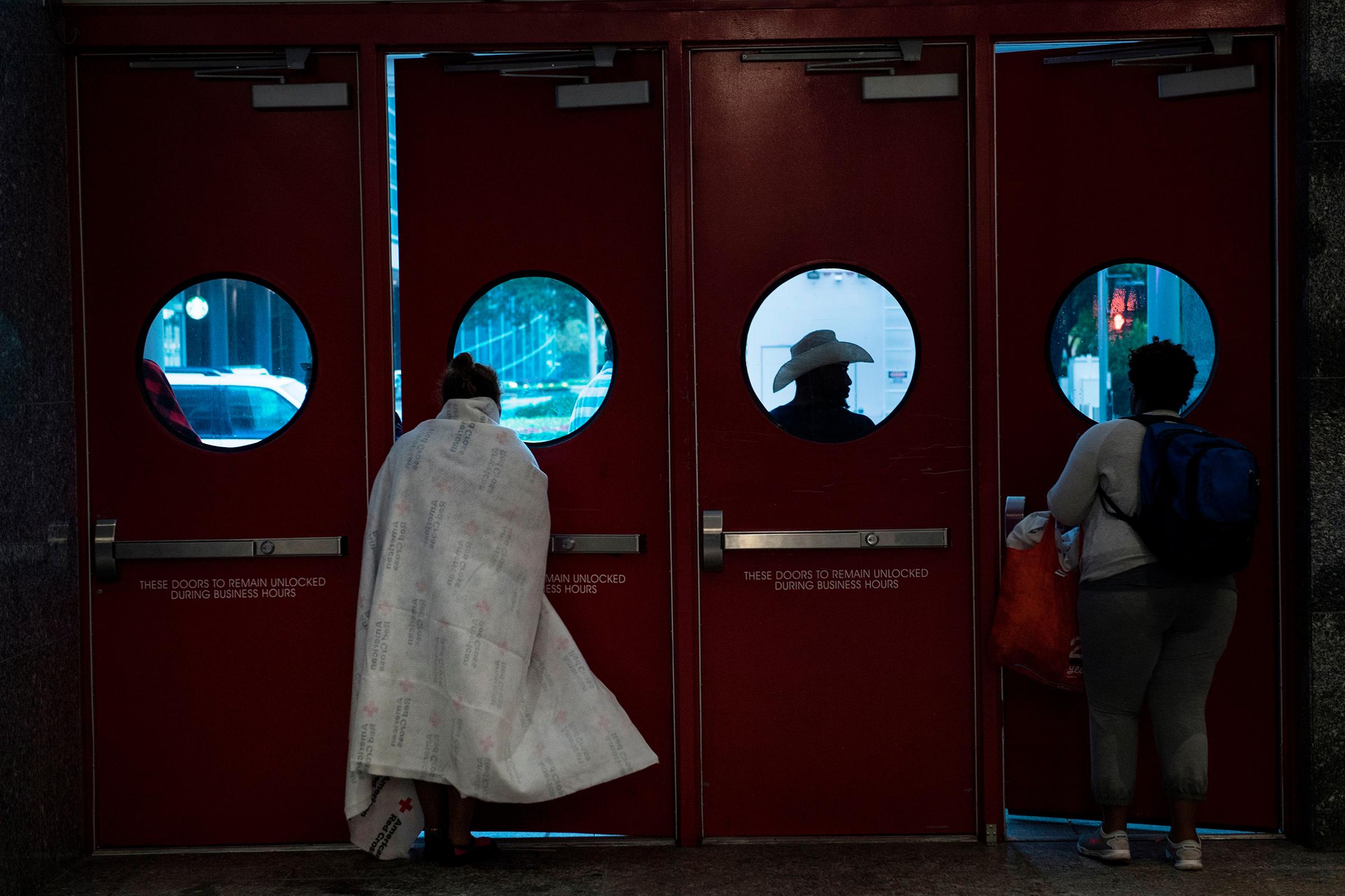
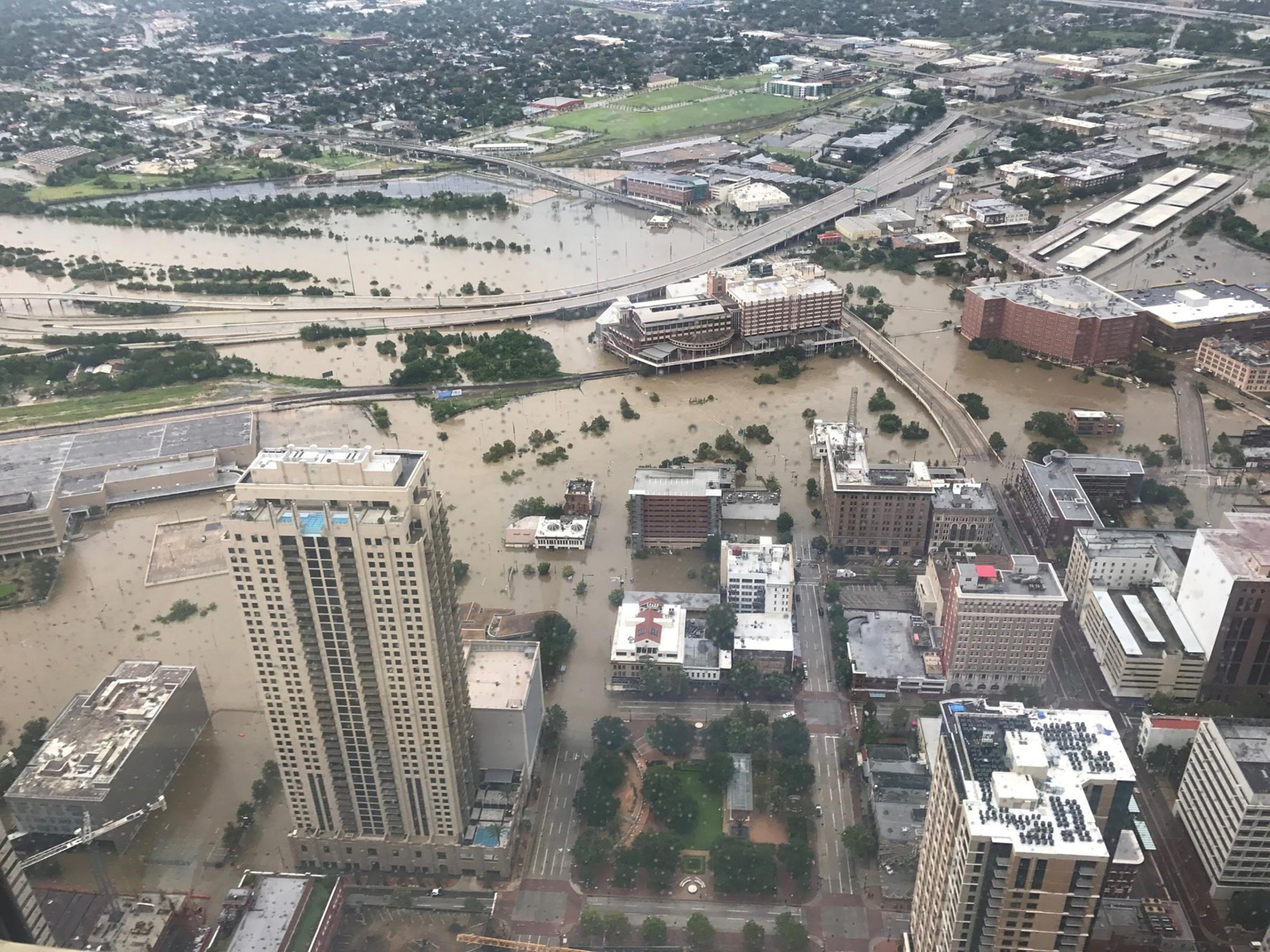
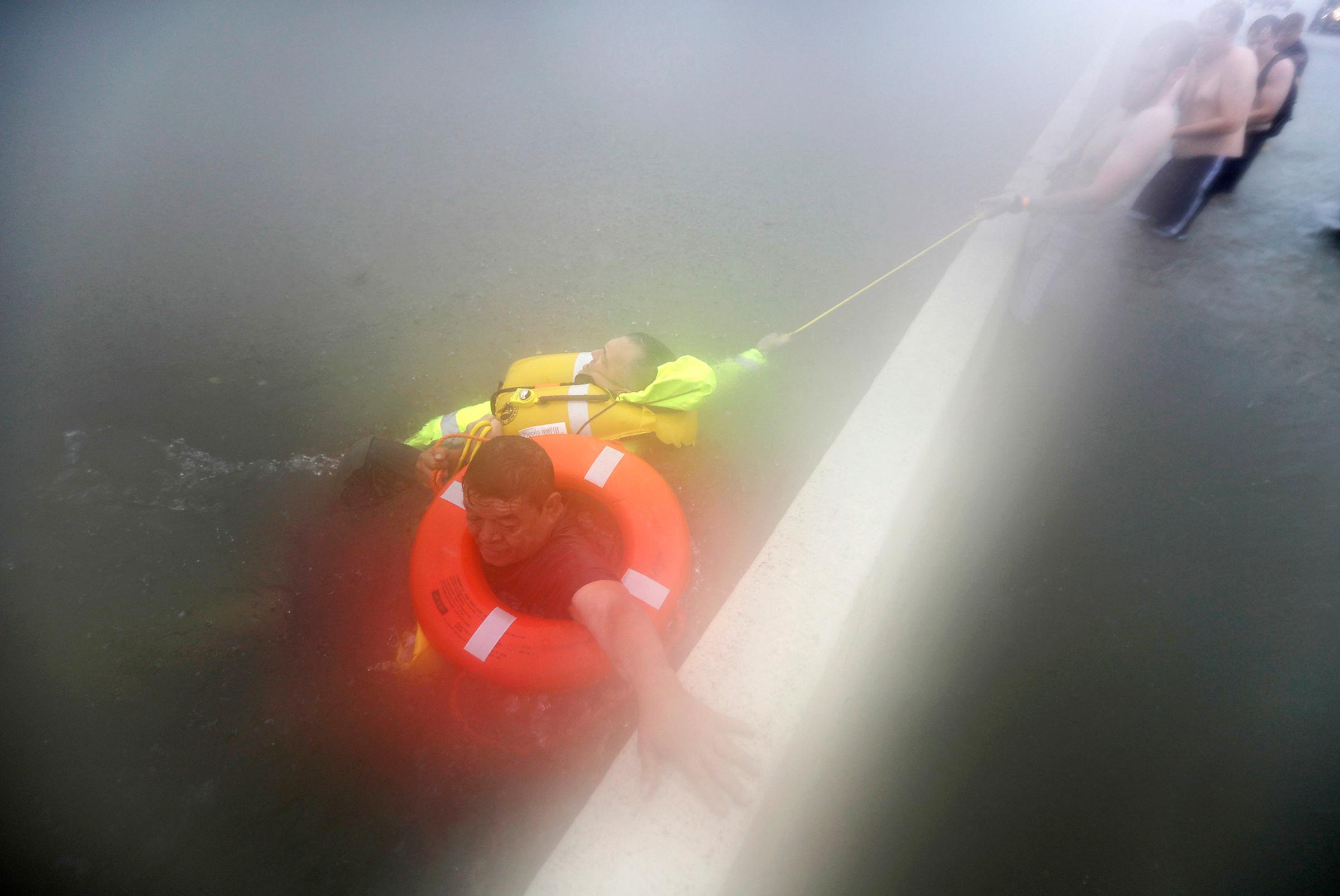
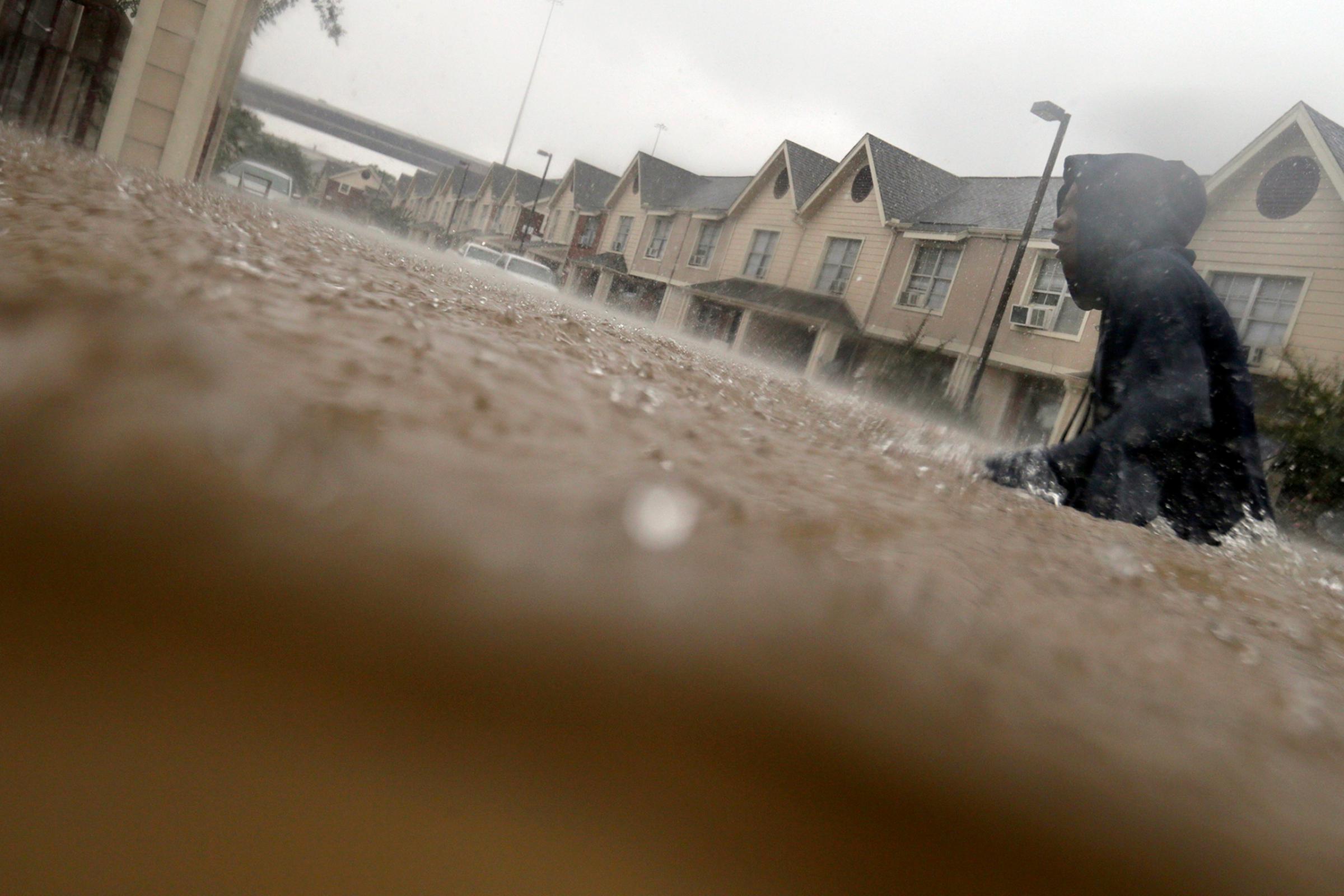
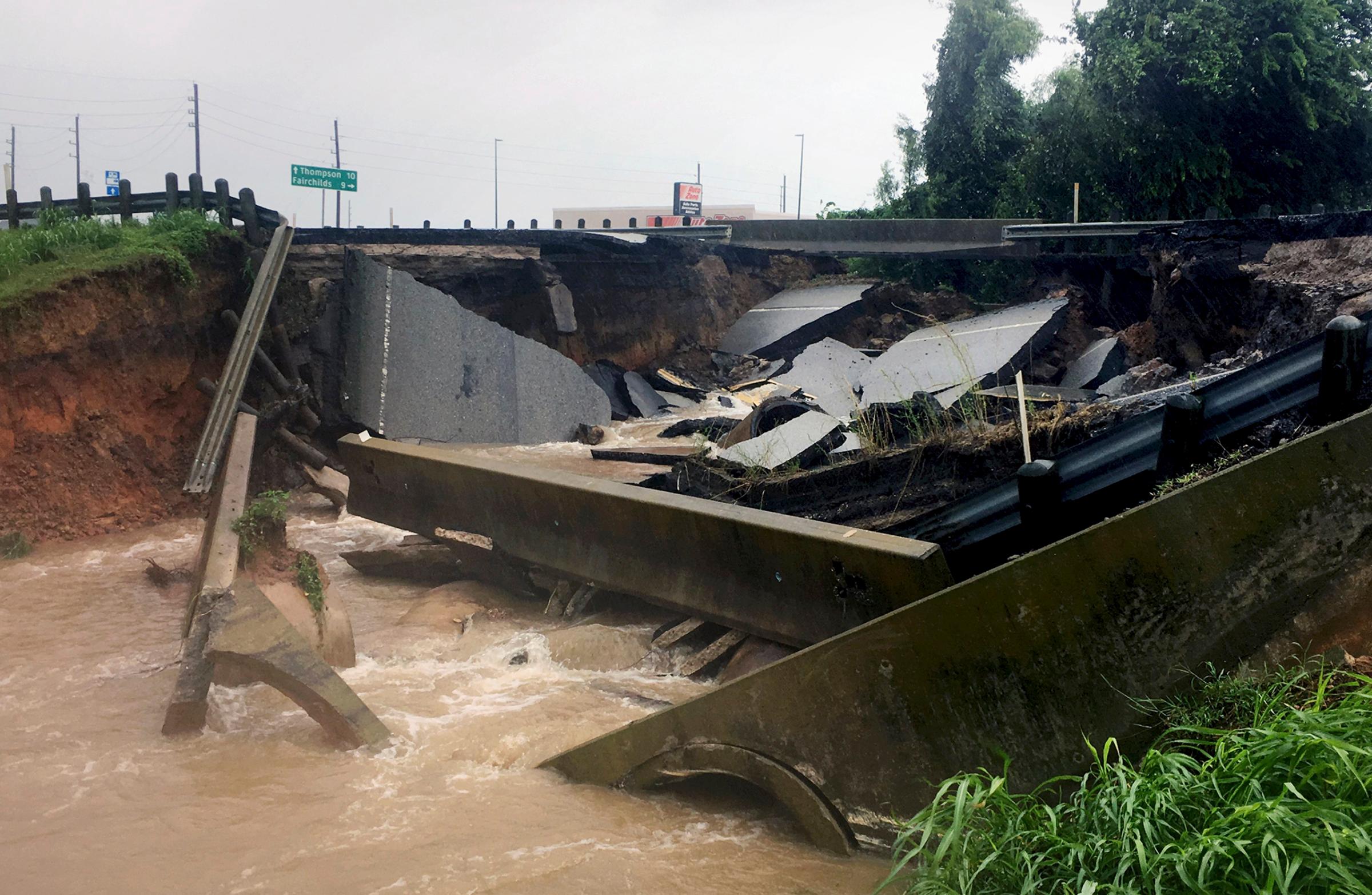
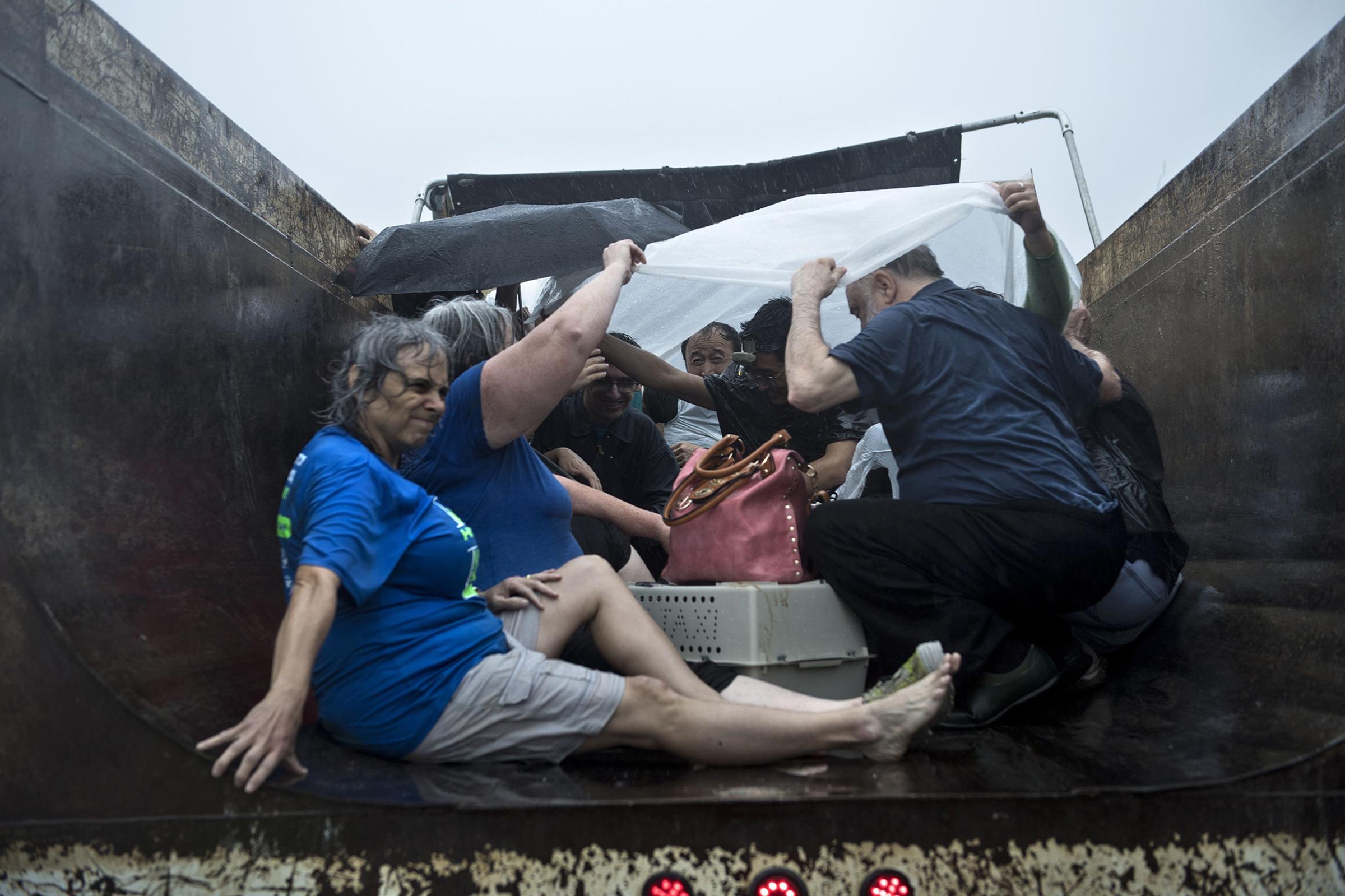
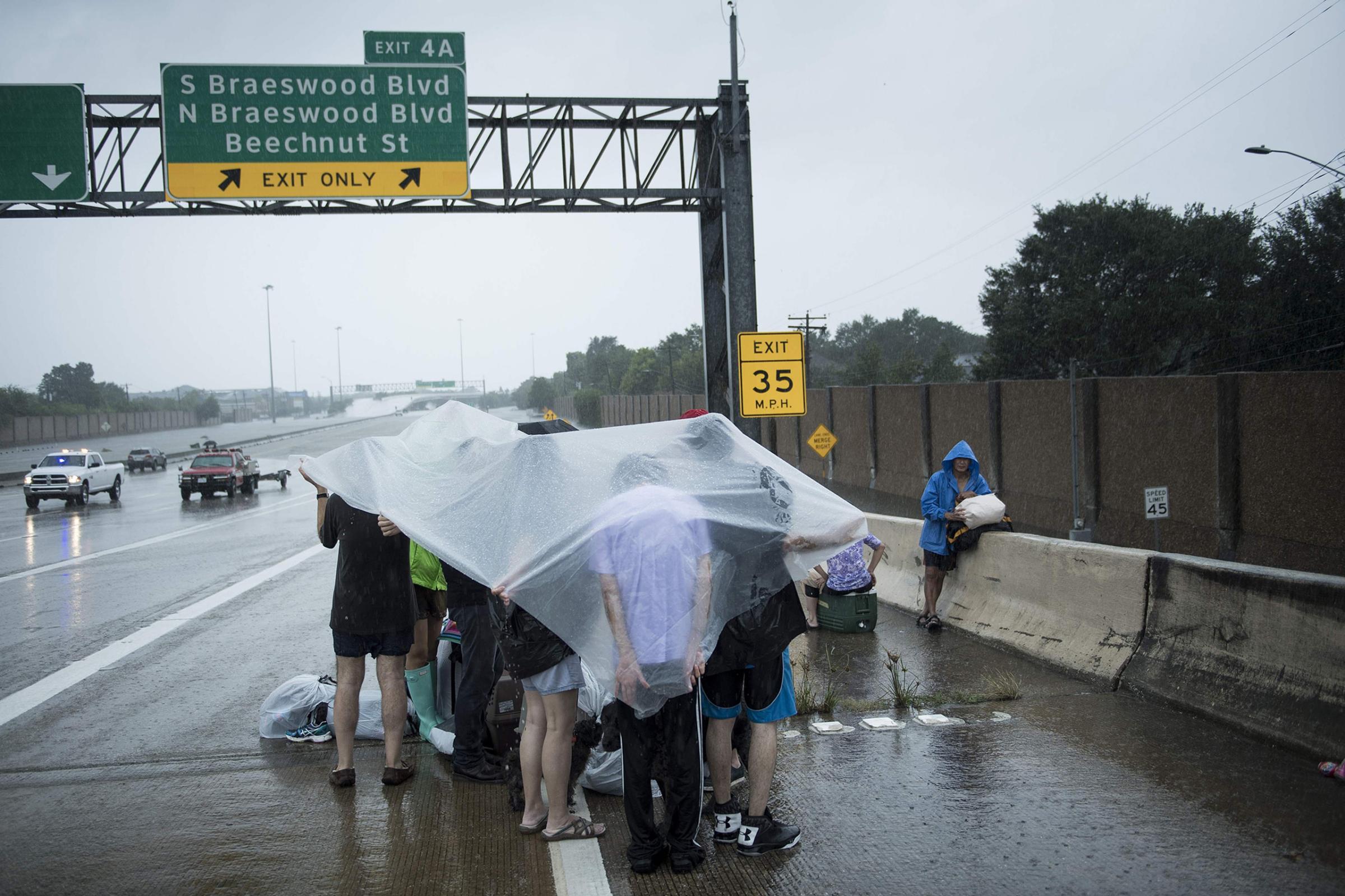

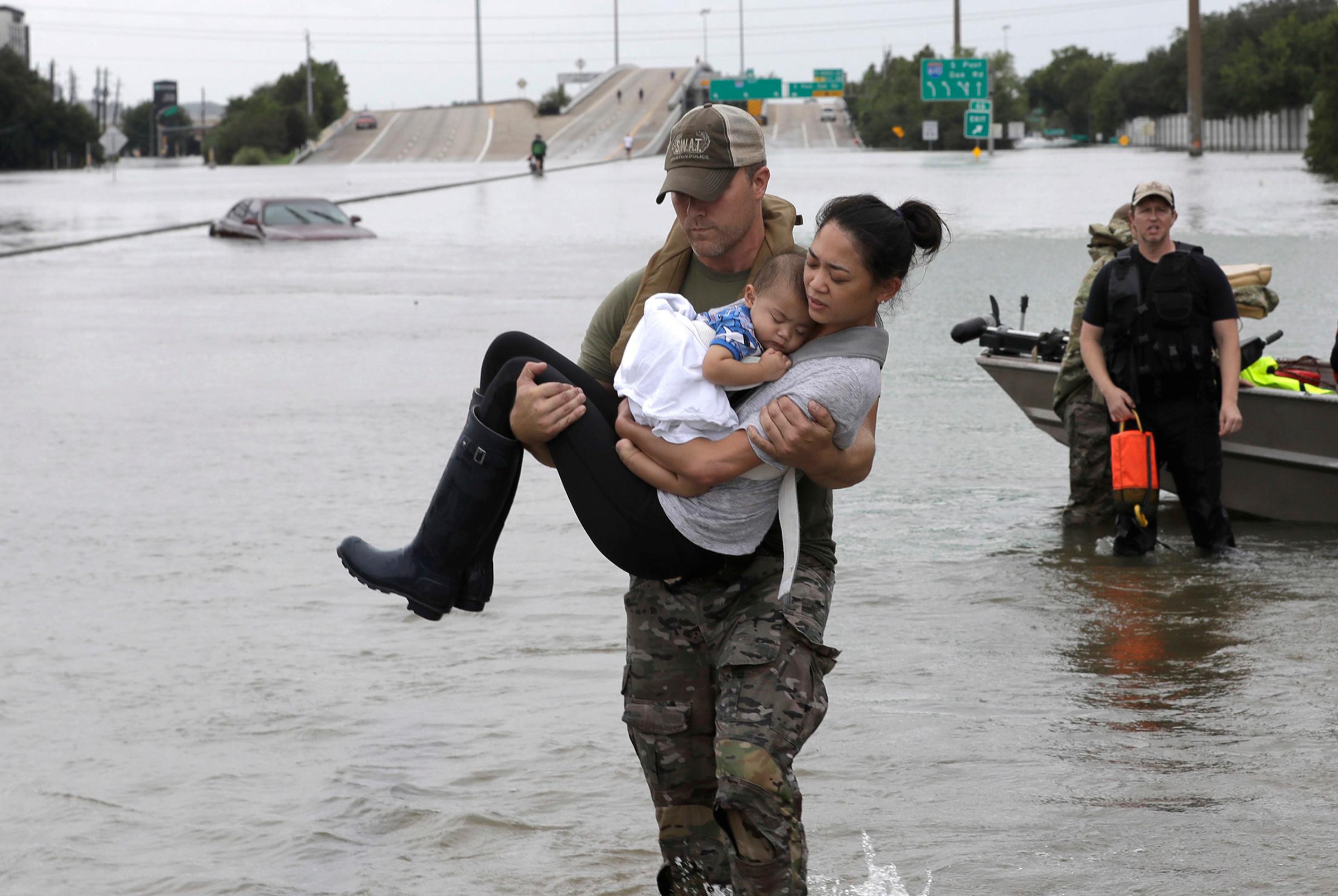
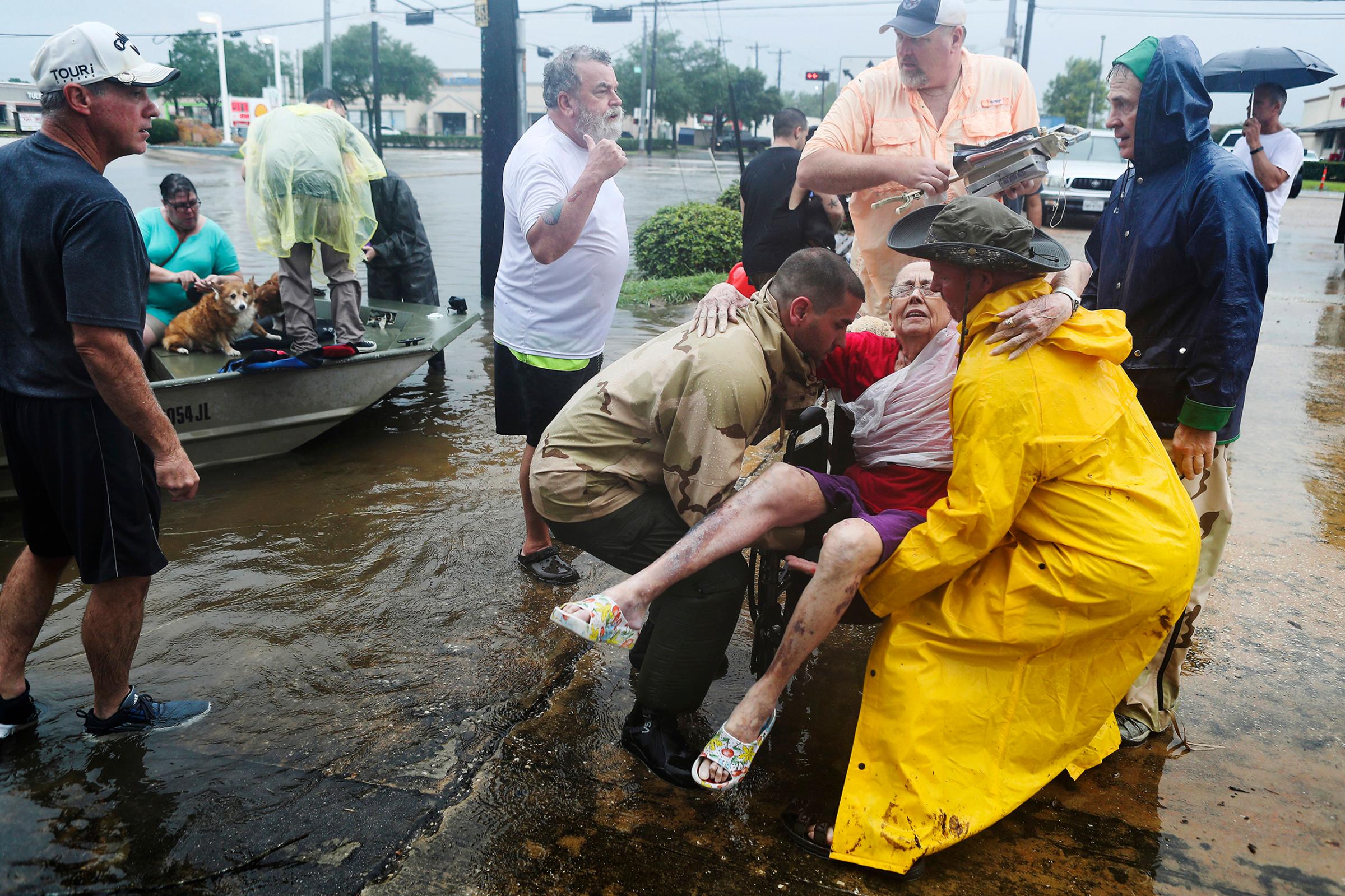
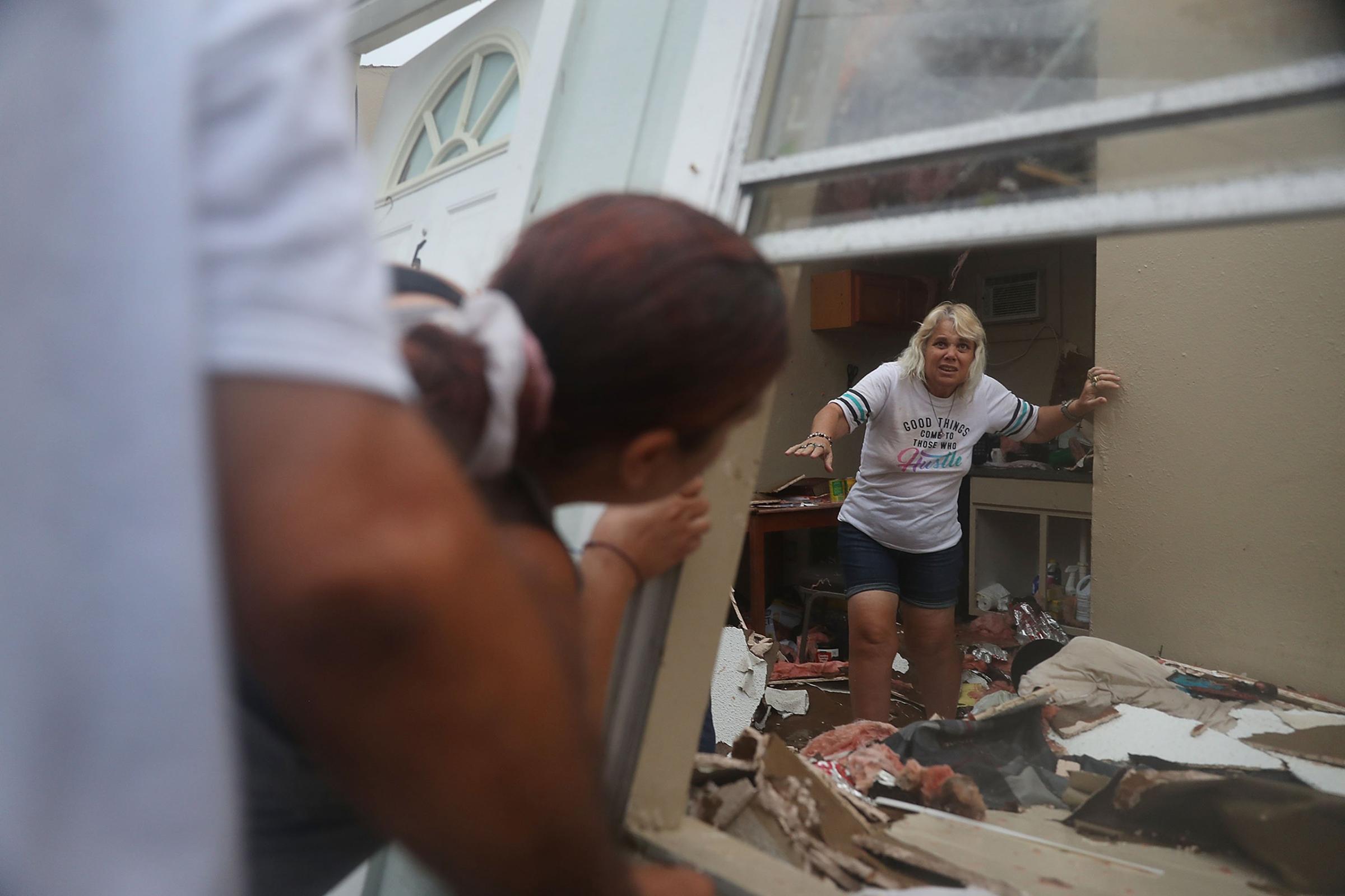
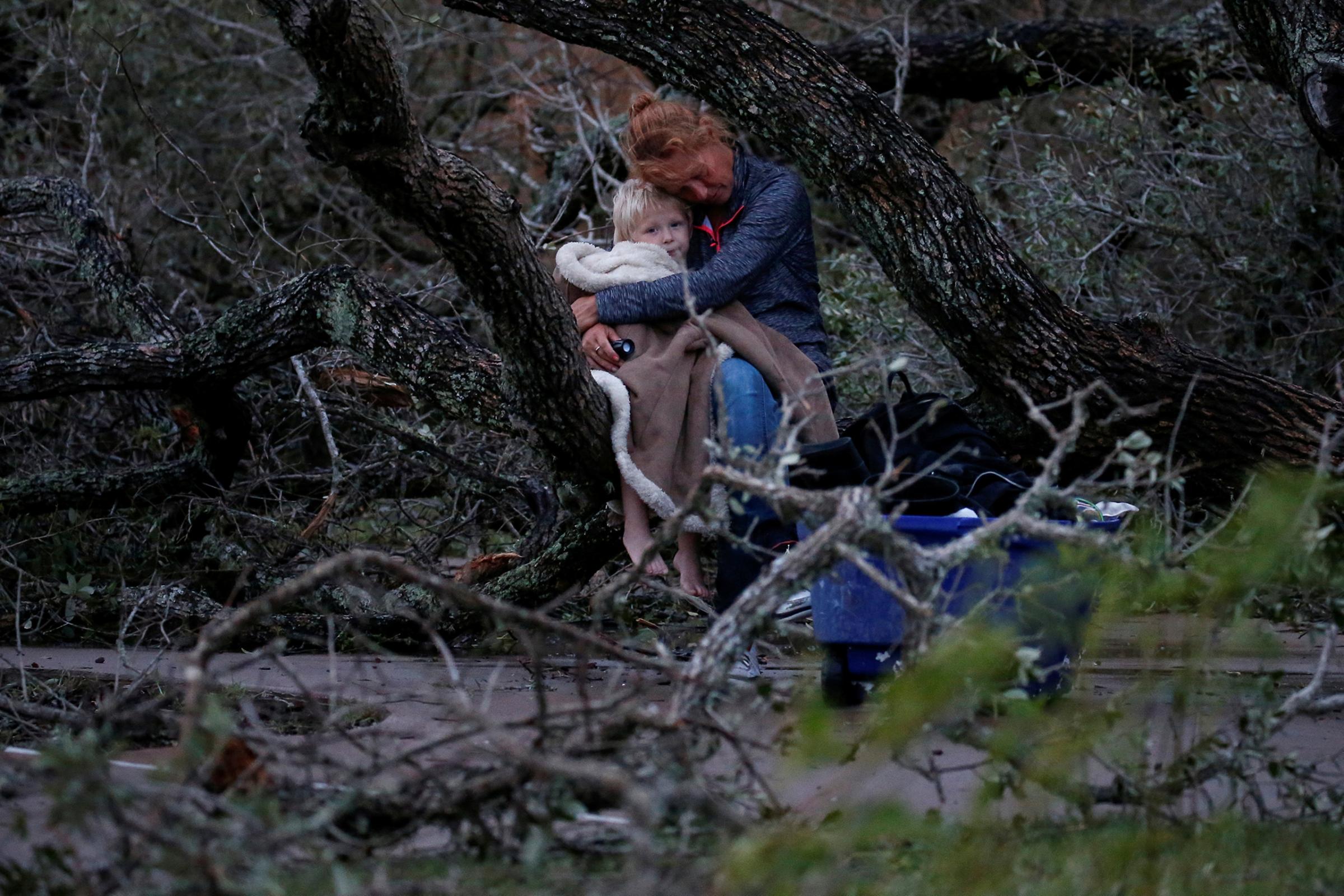
Runways Turned into Lakes
Among the most recent fatalities from Harvey was a family of two adults and four children who were believed to have drowned after the van they were in was swept away by floodwaters in Houston, authorities said on Monday.
A man drowned on Monday night trying to swim across flooded Houston-area roads, the Houston Chronicle reported the Montgomery County Constable’s Office as saying.
Since coming ashore, Harvey has virtually stalled along the Texas coast, picking up warm water from the Gulf of Mexico and dumping torrential rain from San Antonio to Louisiana.
The Houston metro area has suffered some of the worst precipitation with certain areas expected to receive more than 50 inches (127 cm) of rain in a week, more than it typically receives for a year.
Harvey is expected to produce another 10 to 20 inches of rain through Thursday over parts of the upper Texas coast into southwestern Louisiana, the National Weather Service said.
“These stationary bands of tropical rain are very hard to time, very hard to place and are very unpredictable,” said Alek Krautmann, a National Weather Service meteorologist in Louisiana.
Schools and office buildings were closed throughout the Houston metropolitan area, where 6.8 million people live.
The Federal Emergency Management Agency director, Brock Long, estimated that 30,000 people would eventually be housed temporarily in shelters.
Houston and Dallas have set up shelters in convention centers and Austin was preparing to house as many as 7,000 evacuees.
Hundreds of Houston-area roads were blocked by high water. The city’s two main airports were shut as the floods turned runways into ponds and more than a quarter million customers were without power as of Tuesday morning.
The Gulf of Mexico is home to half of U.S. refining capacity. The reduction in supply led gasoline futures to hit their highest level in two years this week as Harvey knocked out about 13 percent of total U.S. refining capacity, based on company reports and Reuters estimates.
The floods could destroy as much as $20 billion in insured property, making the storm one of the costliest in history for U.S. insurers, Wall Street analysts say.
The Brazos River, one of the longest in the country, was forecast to crest at record highs well above flood levels on Tuesday about 30 miles (49 km) southwest of Houston, prompting authorities in Fort Bend County to order the evacuation of about 50,000 people.
More Must-Reads from TIME
- Caitlin Clark Is TIME's 2024 Athlete of the Year
- Where Trump 2.0 Will Differ From 1.0
- Is Intermittent Fasting Good or Bad for You?
- The 100 Must-Read Books of 2024
- Column: If Optimism Feels Ridiculous Now, Try Hope
- The Future of Climate Action Is Trade Policy
- FX’s Say Nothing Is the Must-Watch Political Thriller of 2024
- Merle Bombardieri Is Helping People Make the Baby Decision
Contact us at letters@time.com